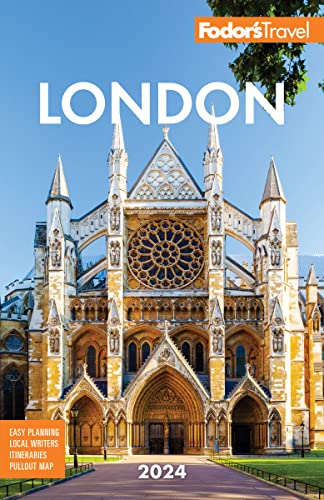A Brief History Of Westminster
The Romans may have shaped The City, but England's royals created Westminster. Indeed, it’s still technically a separate city—notice it reads "City of Westminster" on street signs, not "City of London"—although any formal divide between the two vanished centuries ago, along with the open countryside that once lay between them. Edward the Confessor started the first Palace of Westminster in the 11th century; in the 1040s, he also founded Westminster Abbey, where every British coronation has taken place. The district became the focus of political power in England after the construction of Whitehall Palace in the 16th century; a vast and opulent building, it was the official residence of the monarch until it burned down in 1698. It survives both as the name of Westminster’s most important road, and as a term still used in Britain to refer to the seat of government in general. The first Parliament building was part of the same complex; it, too, was nearly destroyed by the Gunpowder Plot of 1605 (the foiling of which is still commemorated annually on November 5, Guy Fawkes Day) and eventually succumbed to fire in 1834. The Westminster we see today took shape during the Georgian and Victorian periods, as Britain reached the zenith of its imperial power. Grand architecture sprang up, and Buckingham Palace became the principal royal residence in 1837, when Victoria acceded to the throne. Trafalgar Square and Nelson's Column were built in 1843, to commemorate Britain's most famous naval victory, and the Houses of Parliament were rebuilt in the 1840s in the trendy neo-Gothic style of the time. The illustrious Clarence House, built in 1825 for the Duke of Clarence (later William IV), is now the home of Prince Charles and Camilla, Duchess of Cornwall.




